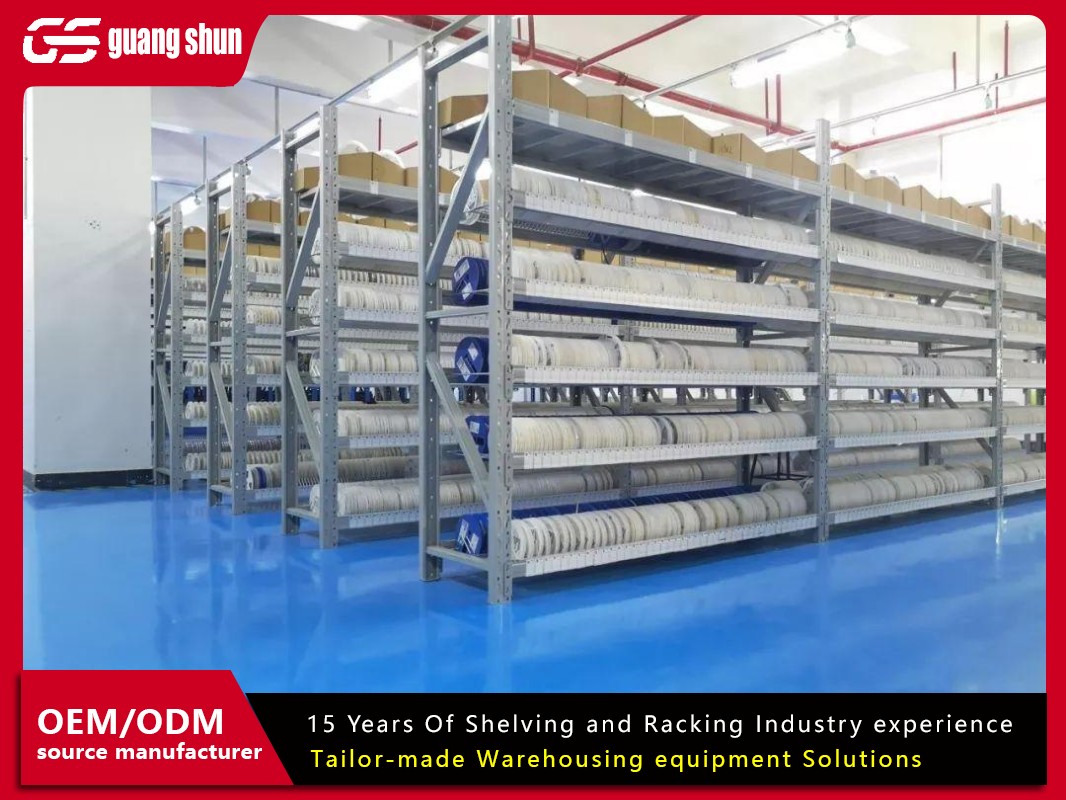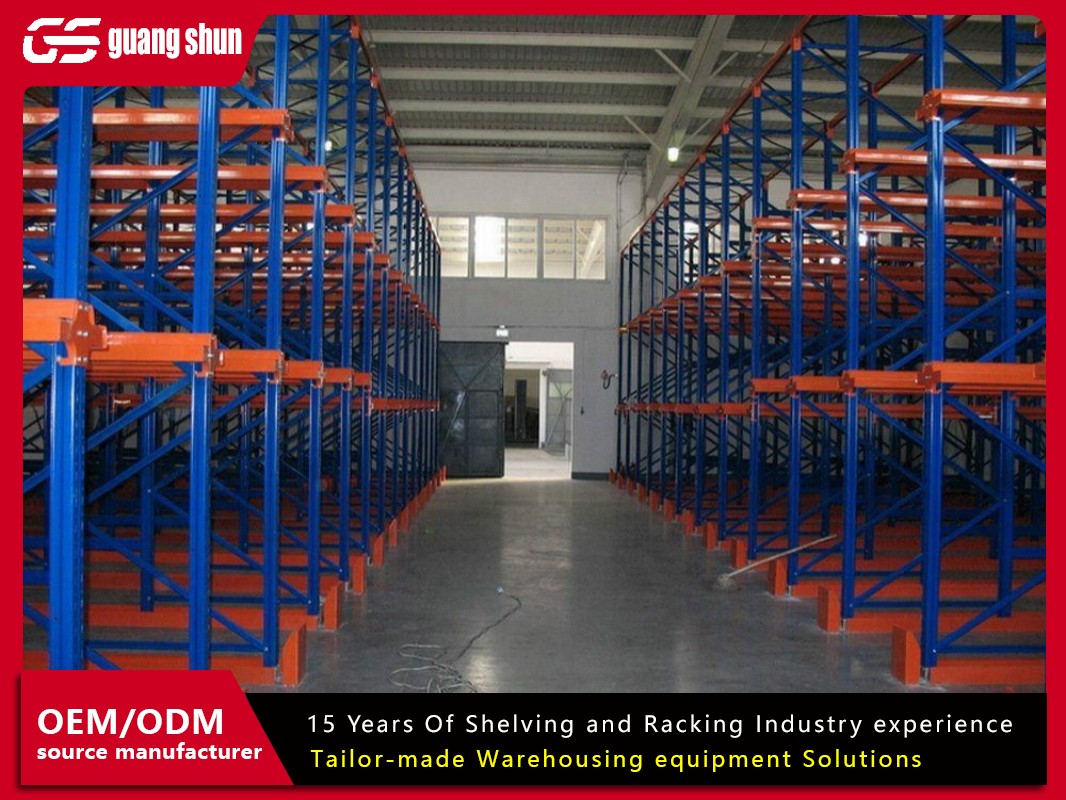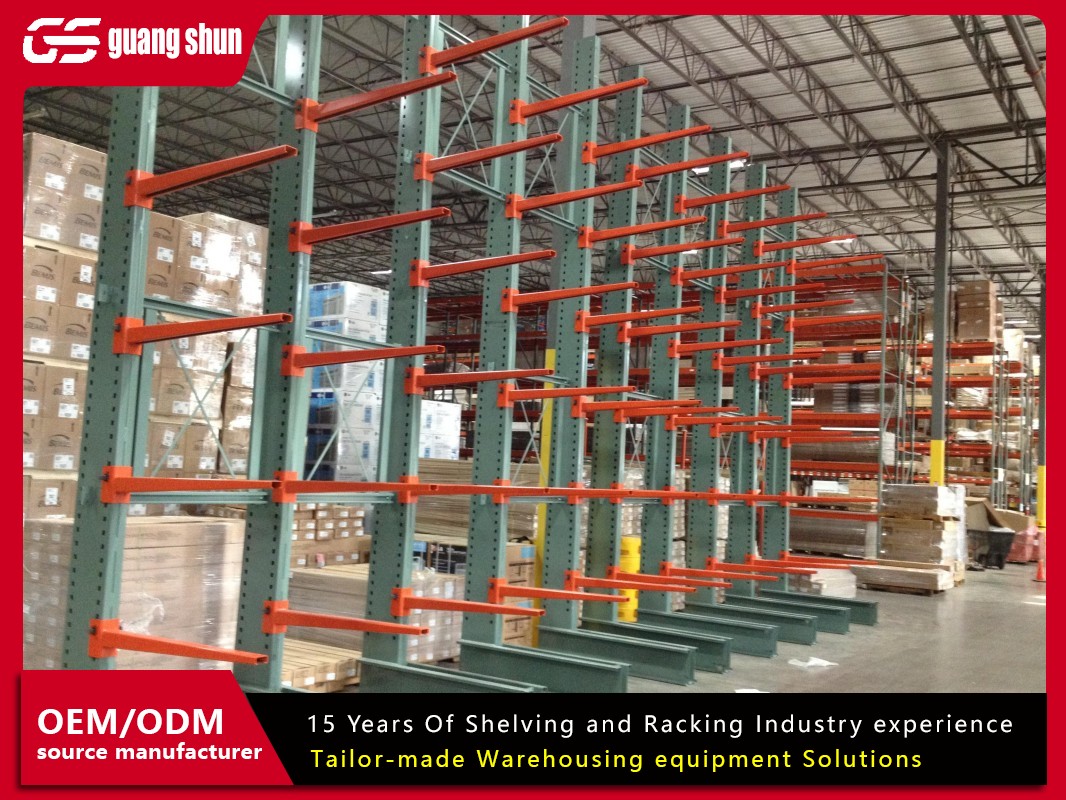In today's fast-paced logistics and supply chain environment, efficient storage solutions are crucial for businesses to thrive. Warehouse racking shelving stands as a backbone of modern warehousing, enabling organizations to maximize space, improve inventory management, and boost productivity. If you're looking to enhance your storage capabilities, understanding the ins and outs of warehouse racking shelving is essential. This article delves into the key aspects of warehouse racking shelving, providing a comprehensive overview to help you make informed decisions. From types and benefits to selection and safety, we'll cover everything you need to know about warehouse racking shelving systems. By the end, you'll see why investing in the right warehouse racking shelving can transform your operations, making it a vital component for any warehouse setup.
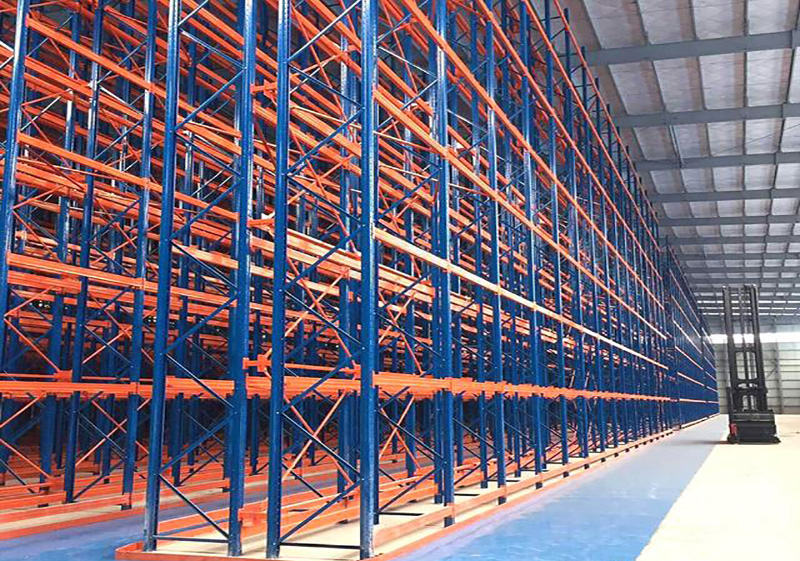
Understanding Warehouse Racking Shelving
Warehouse racking shelving refers to structured storage systems designed to organize and store goods in a warehouse efficiently. These systems typically consist of frames, beams, and shelves that can be customized to handle various loads, sizes, and types of inventory. The primary purpose of warehouse racking shelving is to optimize vertical space, allowing businesses to store more items in a limited area while ensuring easy access and retrieval. This is particularly important in industries like retail, manufacturing, and distribution, where inventory turnover is high. By using warehouse racking shelving, companies can reduce clutter, minimize damage to goods, and streamline their workflow. Essentially, warehouse racking shelving acts as the skeleton of a warehouse, supporting the entire storage infrastructure and enabling seamless operations. Whether you're dealing with palletized goods or small parts, warehouse racking shelving provides a scalable solution that adapts to your growing needs.
Types of Warehouse Racking Shelving Systems
When it comes to warehouse racking shelving, there isn't a one-size-fits-all solution. Different types cater to specific storage requirements, and choosing the right one can significantly impact efficiency. Here are some common varieties of warehouse racking shelving:
Selective Pallet Racking: This is one of the most popular forms of warehouse racking shelving, allowing direct access to every pallet. It's ideal for warehouses with a wide variety of SKUs and frequent inventory rotation. The design includes upright frames and horizontal beams, making it versatile and easy to install.
Drive-In/Drive-Through Racking: For high-density storage, this type of warehouse racking shelving allows forklifts to drive into the racks to place or retrieve pallets. It's perfect for storing large quantities of similar products, though it may reduce accessibility compared to selective systems.
Cantilever Racking: Designed for long, bulky items like pipes or timber, this warehouse racking shelving features arms that extend from a central column. It offers unobstructed access and is highly customizable for irregular shapes.
Mezzanine Shelving: This system adds an intermediate floor within the warehouse, effectively doubling the storage space. Mezzanine warehouse racking shelving is great for maximizing vertical height and can be used for office space or additional storage.
Mobile Racking: By mounting racks on movable carriages, this warehouse racking shelving saves space by eliminating aisles. It's energy-efficient and suitable for warehouses with limited floor area, though it may require a higher initial investment.
Each type of warehouse racking shelving has its pros and cons, so it's important to assess your inventory, space, and budget before making a choice.
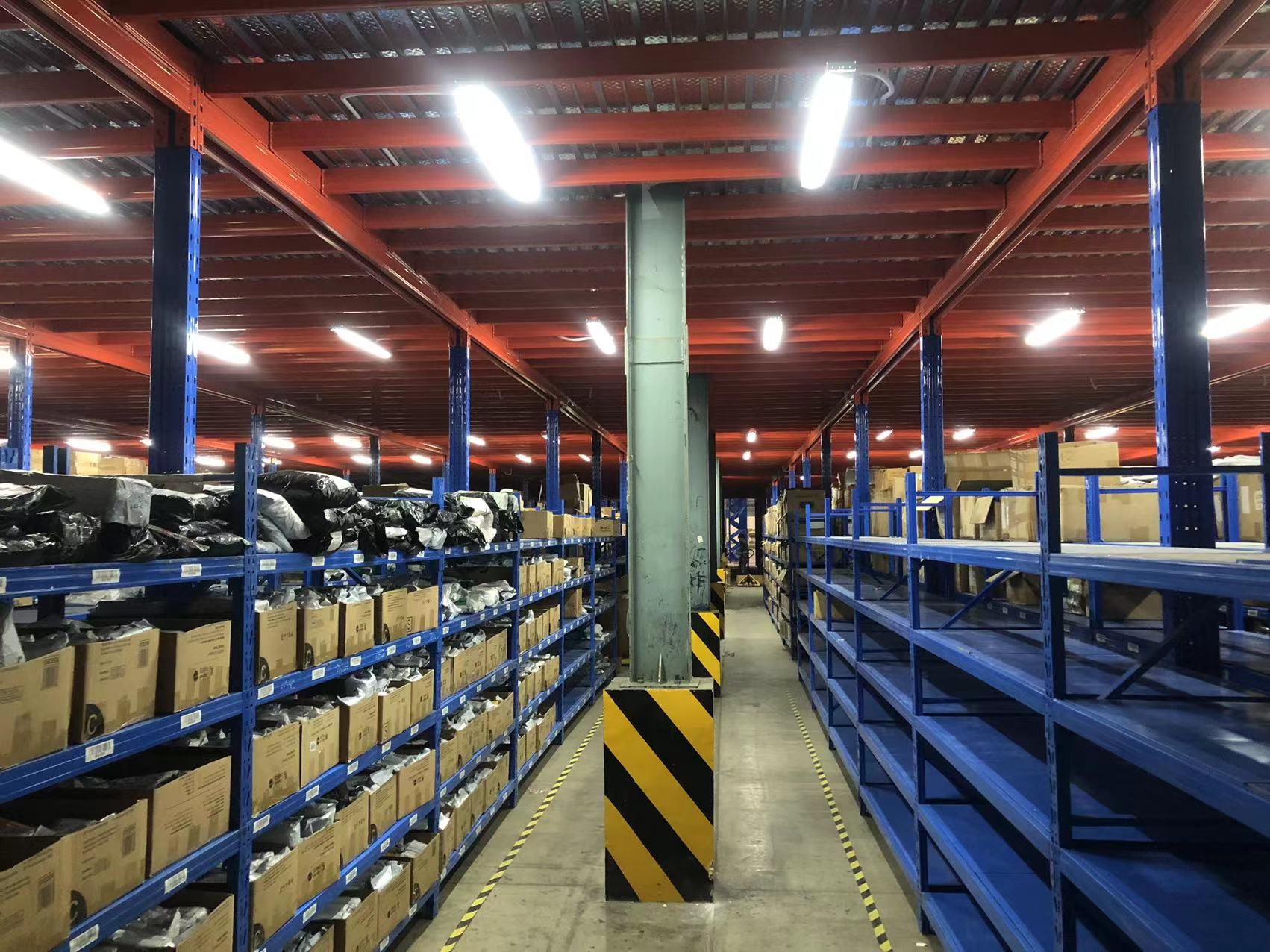
Benefits of Implementing Warehouse Racking Shelving
Investing in warehouse racking shelving brings numerous advantages that go beyond mere storage. Here are some key benefits:
Space Optimization: Warehouse racking shelving makes the most of vertical space, allowing you to store more goods without expanding your facility. This can lead to significant cost savings on rent or construction.
Improved Inventory Management: With organized warehouse racking shelving, you can categorize items systematically, reducing the time spent searching for products. This enhances accuracy in order fulfillment and inventory tracking.
Enhanced Safety: Properly installed warehouse racking shelving reduces the risk of accidents by preventing overcrowding and ensuring stable load distribution. This protects both employees and goods from damage.
Increased Productivity: Easy access to stored items means faster picking and packing processes. Warehouse racking shelving supports efficient workflow, leading to higher throughput and better customer satisfaction.
Scalability and Flexibility: As your business grows, warehouse racking shelving can be reconfigured or expanded to accommodate changing needs. This adaptability makes it a long-term investment that evolves with your operations.
Overall, warehouse racking shelving is a cornerstone of efficient warehouse management, driving operational excellence and competitive advantage.
How to Choose the Right Warehouse Racking Shelving
Selecting the appropriate warehouse racking shelving requires careful consideration of several factors. Here's a step-by-step guide to help you decide:
Assess Your Inventory: Consider the size, weight, and type of goods you store. For instance, heavy pallets may require robust warehouse racking shelving like selective pallet systems, while smaller items might benefit from shelving units with adjustable shelves.
Evaluate Space and Layout: Measure your warehouse dimensions, including ceiling height and floor area. This will determine whether you need high-density warehouse racking shelving or a standard setup. Also, factor in aisle widths for forklift access.
Determine Accessibility Needs: If you have high turnover rates, opt for warehouse racking shelving that allows quick and easy access, such as selective racking. For long-term storage, drive-in systems might be more suitable.
Budget and ROI: Compare the costs of different warehouse racking shelving options, including installation and maintenance. While initial expenses vary, focus on the long-term return on investment through improved efficiency and space savings.
Compliance and Standards: Ensure that the warehouse racking shelving meets industry safety standards and regulations. This includes load capacities and seismic ratings, which are critical for avoiding liabilities.
By taking these factors into account, you can choose warehouse racking shelving that aligns with your business goals and operational requirements.
Installation and Maintenance of Warehouse Racking Shelving
Proper installation and maintenance are vital for the longevity and safety of warehouse racking shelving. Here's what you need to know:
Professional Installation: It's advisable to hire experts for installing warehouse racking shelving to ensure it's level, secure, and compliant with safety codes. Incorrect installation can lead to collapses and injuries.
Routine Inspections: Regularly check your warehouse racking shelving for signs of damage, such as bent beams or loose connections. Schedule inspections at least annually, or more frequently in high-traffic areas.
Load Management: Never exceed the recommended load capacity of your warehouse racking shelving. Overloading can cause structural failures, so train staff on proper loading techniques and use weight labels for clarity.
Cleaning and Upkeep: Keep the warehouse racking shelving clean from dust and debris to prevent corrosion and maintain visibility. For metal systems, consider anti-rust treatments in humid environments.
Repairs and Upgrades: Address any issues promptly to avoid escalating problems. If your needs change, you might upgrade or reconfigure the warehouse racking shelving to improve functionality.
By following these practices, you can extend the life of your warehouse racking shelving and ensure a safe working environment.
Safety Considerations for Warehouse Racking Shelving
Safety should always be a top priority when dealing with warehouse racking shelving. Key considerations include:
Structural Integrity: Ensure that your warehouse racking shelving is designed to handle the intended loads and is installed on a stable foundation. Regularly inspect for wear and tear.
Employee Training: Train workers on how to safely use and navigate around warehouse racking shelving, including proper lifting techniques and forklift operations.
Aisle Management: Maintain clear aisles to prevent collisions and ensure easy access. Use signage and markings to designate areas within the warehouse racking shelving setup.
Seismic and Environmental Factors: In earthquake-prone regions, choose warehouse racking shelving with seismic ratings. Also, consider environmental factors like humidity that could affect material durability.
Emergency Protocols: Have plans in place for incidents involving warehouse racking shelving, such as collapses or spills, to minimize risks and ensure a quick response.
Adhering to these safety measures can prevent accidents and create a secure warehouse environment.
Warehouse racking shelving is more than just a storage solution; it's a strategic asset that can drive efficiency, safety, and growth in your operations. By understanding the different types, benefits, selection criteria, installation processes, and safety aspects, you can make the most of your warehouse racking shelving investment. Whether you're a small business or a large corporation, implementing the right warehouse racking shelving system can lead to tangible improvements in space utilization and productivity. Remember, the key to success lies in choosing a system that fits your unique needs and maintaining it properly over time. As you move forward, keep these insights in mind to optimize your storage and stay ahead in the competitive market.
Frequently Asked Questions (FAQ)
Q1: What is the average cost of warehouse racking shelving?
A1: The cost of warehouse racking shelving varies widely based on type, material, and size. For example, selective pallet racking might range from $100 to $300 per pallet position, while more complex systems like drive-in racking can cost upwards of $500 per position. It's best to get quotes from suppliers based on your specific requirements to determine an accurate budget for warehouse racking shelving.
Q2: How do I determine the load capacity for my warehouse racking shelving?
A2: Load capacity for warehouse racking shelving depends on factors like the rack design, beam strength, and floor conditions. Consult the manufacturer's specifications and consider hiring a professional engineer to assess your needs. Typically, warehouse racking shelving is rated for uniform loads, so ensure you distribute weight evenly to avoid overloading.
Q3: Can warehouse racking shelving be used in outdoor environments?
A3: Yes, but it requires specific materials and coatings to withstand weather conditions. Galvanized or powder-coated warehouse racking shelving is often used outdoors to resist rust and corrosion. However, indoor systems may not be suitable, so always check the product details and opt for weather-resistant warehouse racking shelving if exposed to elements.
Q4: What are the common mistakes to avoid when installing warehouse racking shelving?
A4: Common mistakes include improper assembly, ignoring weight limits, and failing to secure the warehouse racking shelving to the floor. These can lead to instability and accidents. Always follow manufacturer guidelines, use qualified installers, and conduct regular inspections to ensure your warehouse racking shelving is safe and functional.
Q5: How often should I inspect my warehouse racking shelving?
A5: It's recommended to inspect warehouse racking shelving at least annually, or more frequently in high-usage areas. After any incident, such as an impact or overload, perform an immediate check. Regular inspections help identify issues early, maintaining the integrity and safety of your warehouse racking shelving system.



